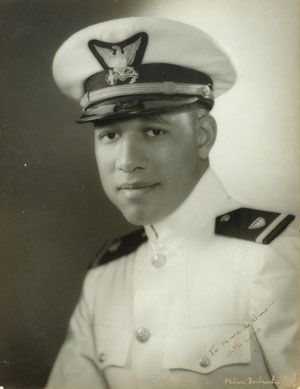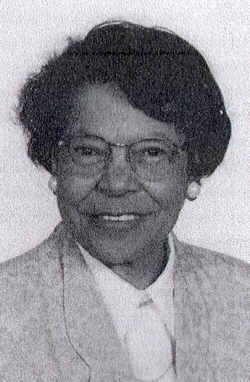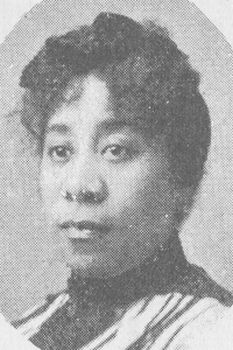Joseph Charles Jenkins, the first African American naval officer, paved the way for the beginning of desegregation in the United States Coast Guard. Jenkins was born in Detroit, Michigan, in 1914. Unfortunately, there is little information regarding his childhood.
He began studying at the University of Michigan in 1933, where he was the only African American in the engineering department. He was also affiliated with Alpha Phi Alpha, the first African American Greek letter fraternity. Jenkins graduated in 1937 with a degree in civil engineering. Shortly after graduating, he began working for the Michigan State Highway Department as a highway design engineer. During his time with the highway department, he earned a graduate degree in business administration from Wayne State University. He helped organize the 1279th Combat Engineer Battalion, a segregated unit in the Michigan National Guard in the late 1930s.
On June 15, 1942, Jenkins entered the U.S. Coast Guard as a boatswain’s mate first class. He excelled early on and was promoted to chief petty officer within a month of enlisting. On September 1, Jenkins would become the first African American warrant officer. He was also a recruiter for the Detroit area, mainly focused on enlisting more African Americans. Jenkins applied to the reserve officers training course in New London, Connecticut. He received numerous recommendations from the University of Michigan faculty and his commanding officers to support his application, citing his excellent leadership skills and intelligence.
Jenkins completed the training course on April 14, 1943, and earned an officer’s commission, making him the first officially recognized African American naval officer. In December of 1943, the USS Sea Cloud was commissioned as the first deliberate test of the impact of a desegregated crew operating a ship. The Sea Cloud was a weather patrol ship, running scientific missions mainly along the North Atlantic. Jenkins served as a navigation officer and, while doing so, earned a promotion to lieutenant junior grade. He served on the Sea Cloud until late 1944 when the ship was decommissioned. High-ranking naval officers considered the Sea Cloud a success in desegregating crews, leading to further experiments surrounding crew integration.
After leaving the Sea Cloud, Jenkins, in 1945, was assigned to the USS Hoquiam. This ship was the second test of a desegregated crew, and Jenkins would serve as a ranking officer. The ship was decommissioned later in 1945 and was more evidence in support of desegregating ship crews.
In 1945, Jenkins left active duty for reserve duty and returned to Michigan. For two years, he served in the African American Engineering Unit of the Michigan National Guard, earning the rank of captain. In 1947 he returned to the State Highway Department, working as the assistant director of the metropolitan Detroit area. He would work there until his death in 1959 at the age of 45. High blood pressure caused his kidneys to fail, and organ transplants were not common at the time. He was survived by his wife, Hertha, and their three children.



















